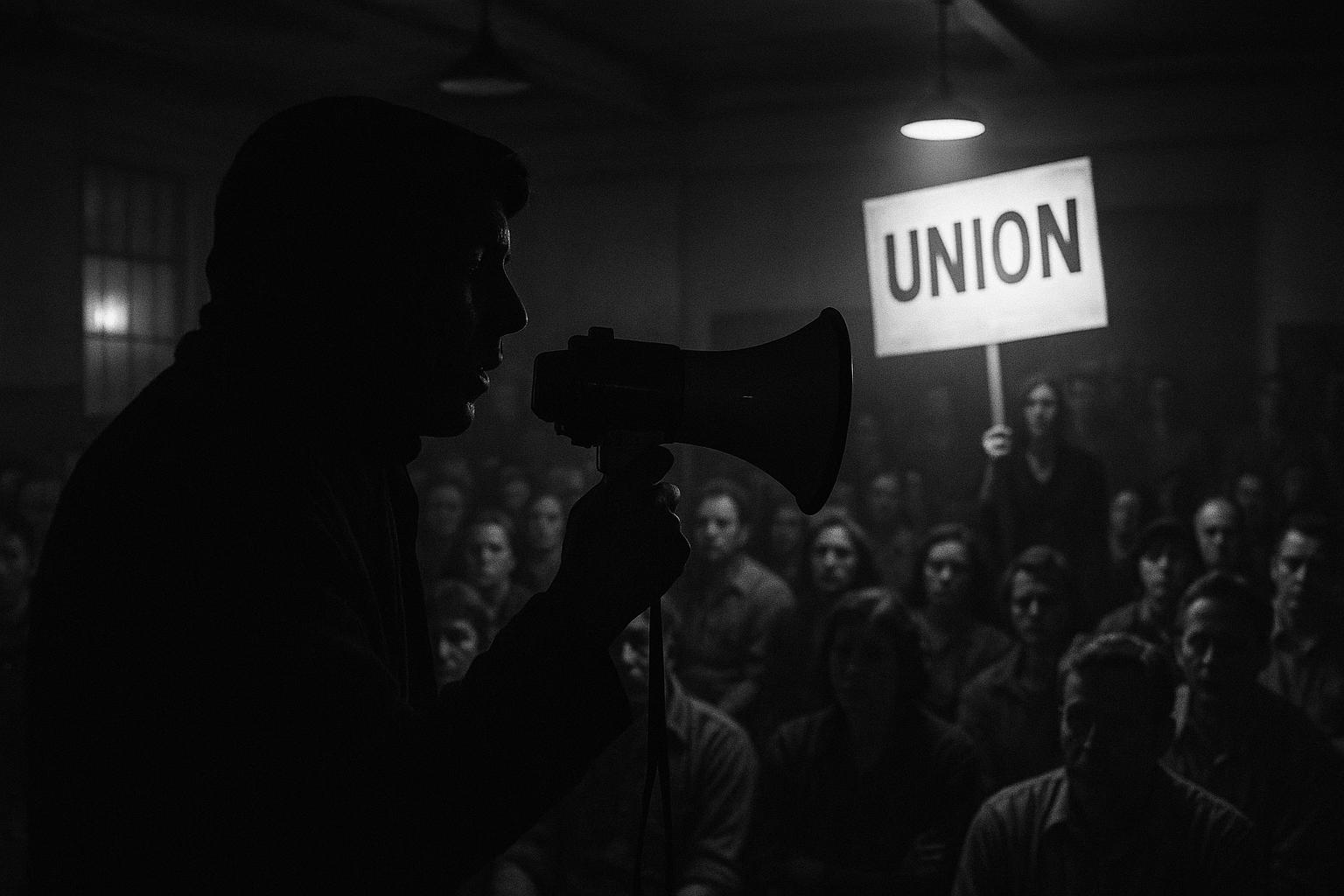Trade unions have long represented the potential collective power of the working class through workplace organisation, with around six million union members in Britain today. Though union membership as a proportion of the workforce is relatively low, unions remain significant social forces. However, a fundamental division exists within unions, not merely between political left and right factions, but between the rank and file—the ordinary workers—and the trade union bureaucracy, composed of full-time officials.
The bureaucracy is a distinct social layer within unions, comprising union leaders who are salaried and enjoy substantial pay and benefits, often amounting to around £150,000 annually including pensions. These officials occupy an intermediate social position, balancing between employers and workers rather than fully representing either side. Socialist Workers Party founder Tony Cliff described union officials as a conservative force, noting that because they do not endure the day-to-day struggles of low wages, job insecurity, and employer pressure, they often negotiate deals that underdeliver for workers. Their survival depends on maintaining the union’s institutional machinery and abiding by restrictive anti-union legislation, which can sometimes be used as an excuse to avoid militant action.
This structural tension underpins many internal union conflicts. Rank and file members often experience frustration with leadership perceived as cautious or accommodating, leading to antagonism between ordinary workers and bureaucracy. While some socialists focus on electing left wing officials through "Broad Left" coalitions to transform union leadership, this approach has limits. Regardless of political orientation, union officials form a separate social group whose interests differ from rank and file workers. Historical examples illustrate this complexity: miners achieved major victories in the 1972 and 1974 strikes under a right wing leader, Joe Gormley, but faced defeat under the militantly led strike headed by Arthur Scargill in 1985.
Trade union bureaucracies are not monolithic; there are rivalries among officials and varying pressures from employers, the state, and rank and file members. Some analyses caution against idealising the rank and file or viewing bureaucracy simply as a negative force. Rather, bureaucracy is intrinsic to trade unionism under capitalism and manifests differently across sectors and contexts. The bureaucracy’s repressive role can even extend to pressuring workers to accept concessions demanded by employers, illustrating a transformation from past eras when union officials mainly pressed for workers’ concessions.
This intricate dynamic necessitates rank and file workers organising independently to challenge limits imposed by leadership. Historic examples such as the Clyde Workers’ Committee in 1915 show the importance of supporting leaders only insofar as they represent workers’ interests, acting independently when they do not. Building organisation and solidarity among workers can empower collective action outside formal union leadership structures.
For socialists, this means working with union leaders when possible but never allowing officials to set the boundaries of militant workers' struggles. Given current low levels of worker confidence, the priority is to encourage grassroots organisation and resistance, particularly by linking economic demands with broader political struggles around anti-racism, Palestinian solidarity, and trans+ rights. Identifying and nurturing militant activists within workplaces can foster both economic and political resistance against systemic oppression.
In summary, the trade union bureaucracy serves as a conservative intermediary that frequently limits the potential of worker militancy. The decisive force remains the rank and file, who must collectively organise to push beyond the bureaucratic constraints. Socialist strategy should thus focus on empowering this rank and file dynamic, while recognising the inherent complexities of union structures and leadership roles under capitalism.
📌 Reference Map:
- Paragraph 1 – [1] Socialist Worker
- Paragraph 2 – [1] Socialist Worker, [2] Marxists.org (Tony Cliff), [6] Marxists.org (Tony Cliff)
- Paragraph 3 – [1] Socialist Worker, [2] Marxists.org (Tony Cliff), [3] ISJ, [7] Marxists.org
- Paragraph 4 – [1] Socialist Worker, [2] Marxists.org (Tony Cliff), [5] WSWS
- Paragraph 5 – [1] Socialist Worker, [4] Middlesex University Repository
- Paragraph 6 – [1] Socialist Worker, [7] Marxists.org
- Paragraph 7 – [1] Socialist Worker, [2] Marxists.org (Tony Cliff), [5] WSWS
- Paragraph 8 – [1] Socialist Worker, [4] Middlesex University Repository
- Paragraph 9 – [1] Socialist Worker
Source: Noah Wire Services
